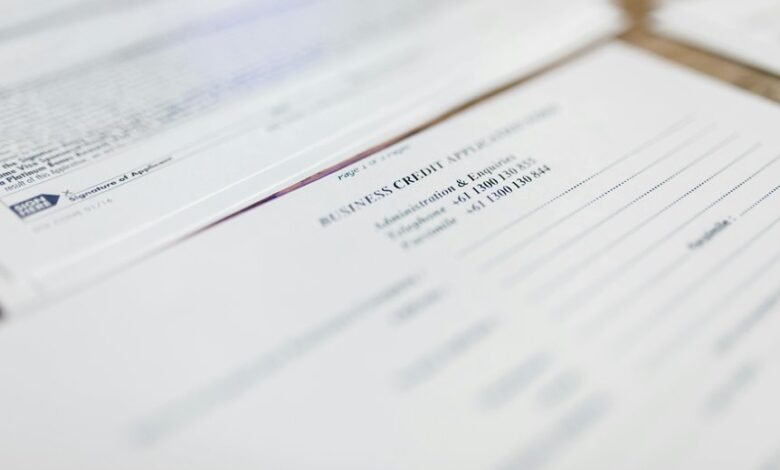Caller Risk Assessment & Fraud Prevention Bureau 3296027812 3391053862 3510019347 3668758949 3715343797 3338008558

The Caller Risk Assessment & Fraud Prevention Bureau employs sophisticated technologies to combat fraudulent calls linked to specific numbers. This initiative underscores the importance of understanding caller ID’s limitations and the indicators of deceitful communication. By analyzing patterns and utilizing risk scoring algorithms, the bureau aims to enhance identity verification processes. The implications of these measures warrant further examination, especially as they relate to individual awareness and safety in an increasingly complex communication landscape.
Understanding Caller ID and Its Limitations
Caller ID serves as a crucial tool in modern telecommunications, yet its efficacy is often undermined by inherent limitations.
The process of caller verification can be easily compromised through sophisticated spoofing techniques, allowing malicious actors to manipulate caller information.
This manipulation not only deceives recipients but also poses significant challenges to maintaining trust in communication, thereby jeopardizing the fundamental principles of personal freedom and security.
Key Indicators of Fraudulent Calls
The manipulation of caller information, as highlighted in the discussion of caller ID limitations, necessitates vigilance in identifying fraudulent calls.
Key indicators include red flags such as unusual call patterns, including frequent calls from the same number or unsolicited requests for sensitive information.
Awareness of these elements can empower individuals to discern the legitimacy of incoming communications, thereby fostering a proactive approach to personal security.
Tools and Techniques for Caller Risk Assessment
Effective caller risk assessment relies on a combination of advanced tools and techniques designed to evaluate the legitimacy of incoming communications.
Key methods include caller verification systems that authenticate identities and risk scoring algorithms that quantify potential threats.
Best Practices for Preventing Phone Scams
How can individuals and organizations effectively shield themselves from the pervasive threat of phone scams?
Implementing preventive measures such as regularly updating phone security settings and employing call-blocking technologies enhances protection.
Additionally, fostering scam awareness through educational initiatives empowers users to recognize potential threats.
Conclusion
In conclusion, the Caller Risk Assessment & Fraud Prevention Bureau serves as a vigilant lighthouse amidst the stormy seas of telecommunications fraud. Just as sailors rely on lighthouses to navigate safely, individuals can depend on the bureau’s technologies and practices to steer clear of deceptive calls. By understanding the limitations of caller ID and employing robust verification tools, users can fortify their defenses, much like ships reinforcing their hulls against hidden reefs in treacherous waters.





